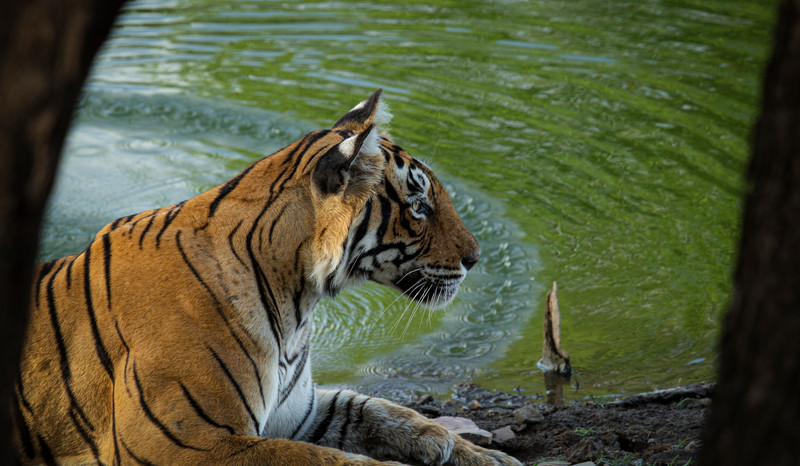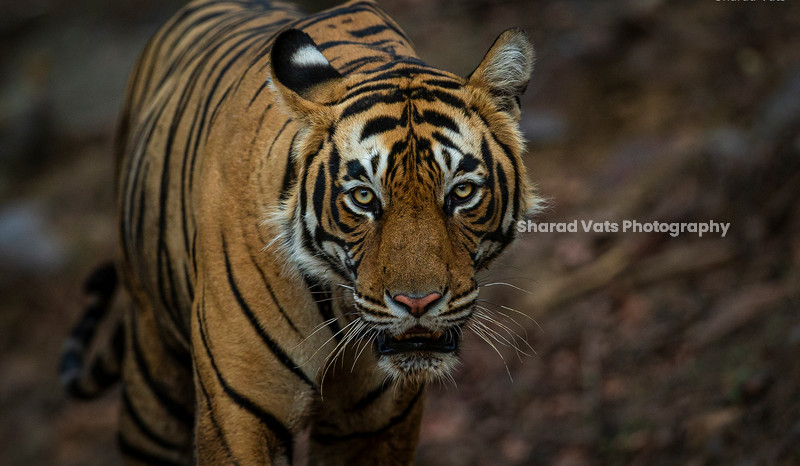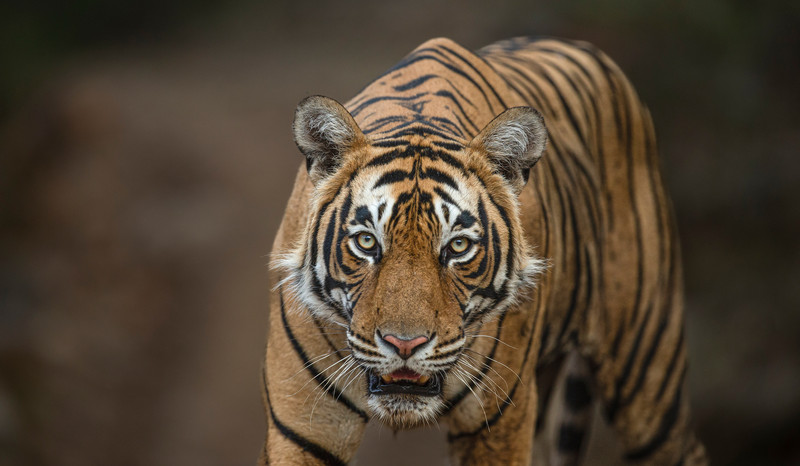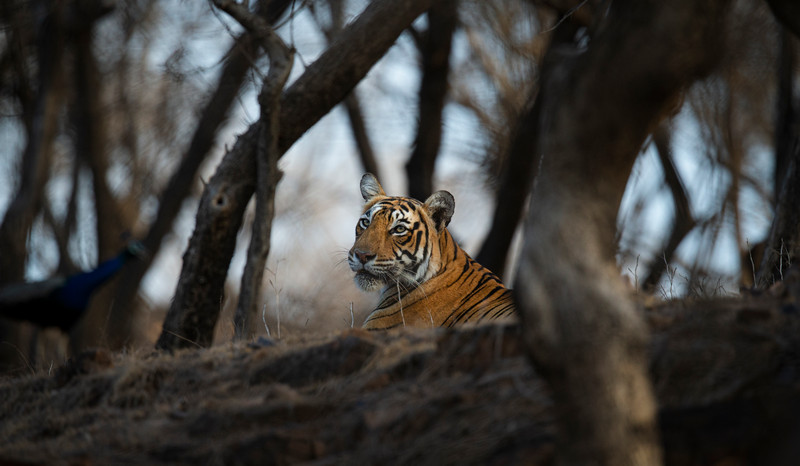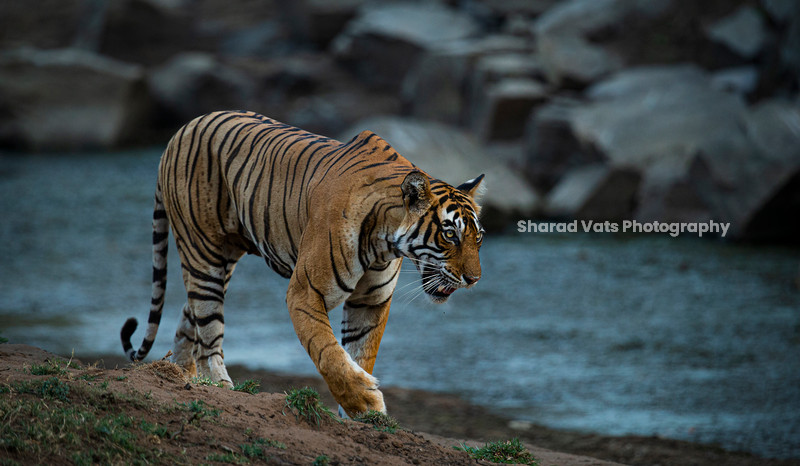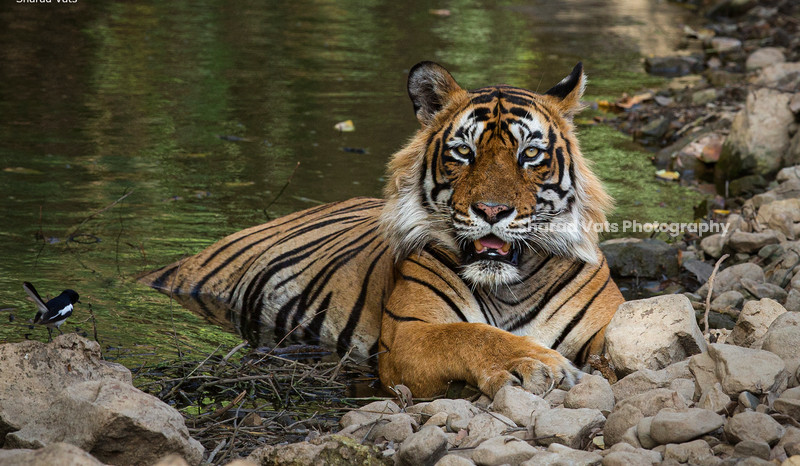Ranthambore National Park
Rajasthan
- Altitude: 215m – 505m above sea level
- Temperature: 15 - 30 degree Celsius
- Vegetation: Tropical Dry Deciduous
- Water Resources: It is bounded to the north by the Banas River and to the south by the Chambal River
- Core Area: 274 sq. km
- Buffer Area: 118 sq. km
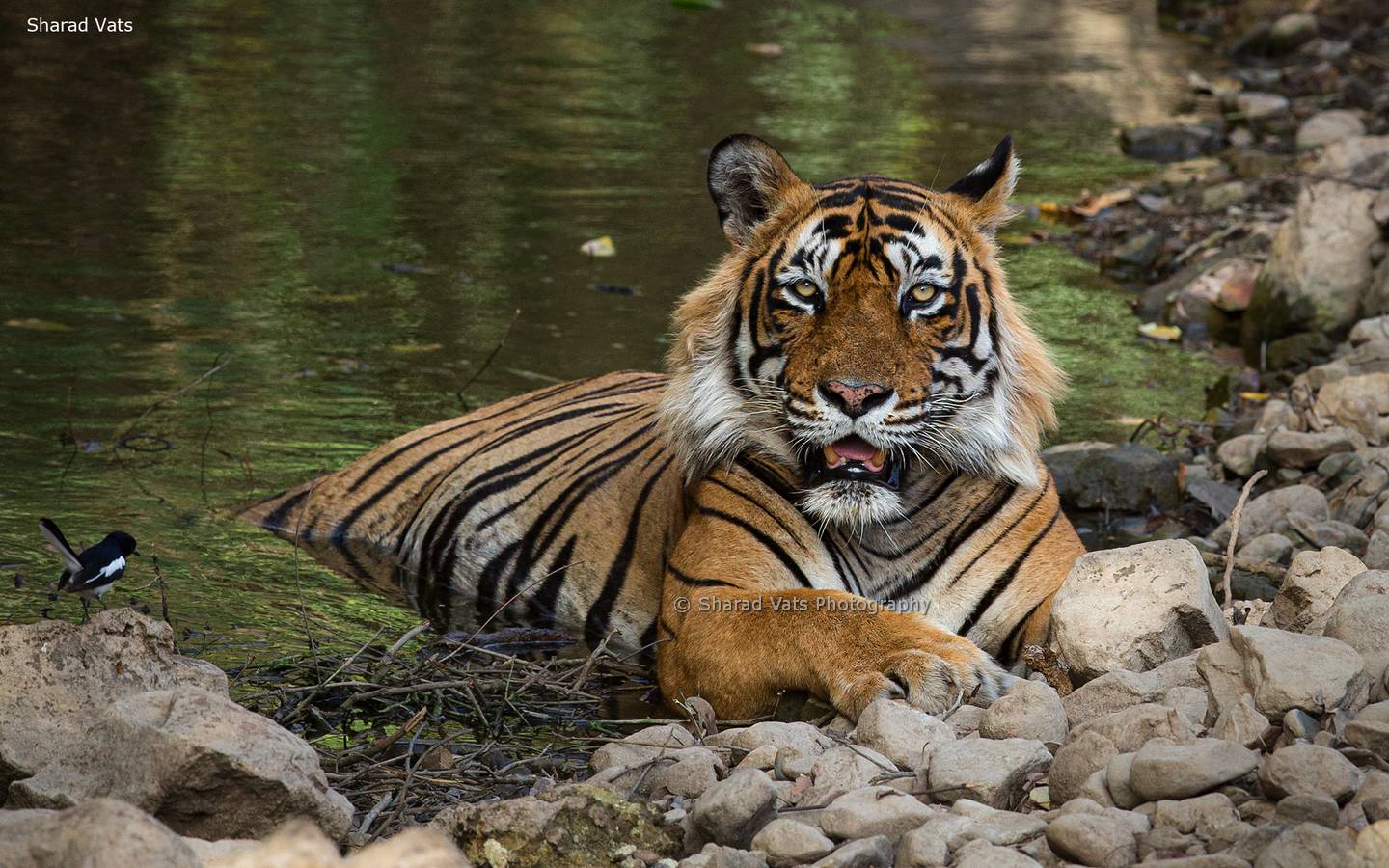
Brief about Ranthambore National Park
Rajasthan, a state in India, is known around the world for its rich cultural legacy. Its history, customs, royalty, fairs, and festivals are all rich, colourful, and classic. Another of its natural heritages, Ranthambore National Park, possesses the same richness and history.
The Ranthambore Tiger Reserve in Rajasthan, India, is made up of several diverse sites with varying conservation histories that are virtually geographically separated, with only tiny passages connecting them to the core, Ranthambore National Park. The Ranthambore National Park, Keladevi Sanctuary, and Sawai Mansingh Sanctuary are the most notable.
At the confluence of the Aravallis and the Vindhyas, the Ranthambore National Park is a rare juxtaposition of natural and historical richness, standing out strikingly amid a huge dry and denuded area of eastern Rajasthan, about 14 kilometers from Sawai Madhopur. It is spread across a highly undulating topography that ranges from gentle to steep slopes, from flat-topped Vindhya hills (Indala, Doodh-Bhat, and Chiroli) to conical hillocks and sharp ridges of the Aravallis, and from wide and flat valleys (Lahpur, Nalghati, Khachida, Anantpur, and so on) to narrow rocky gorges. The “Great Boundary fault,” which brought the Vindhyas up against the ancient Aravallis, goes through here.
Flora & Fauna in Ranthambore National Park
Flora in Ranthambore National Park
The flora of Ranthambore National Park is also diverse. There is enough water to support a diverse range of vegetation and fauna. The Ranthambore National Park is home to roughly 300 plant species, according to estimations. Because of its proximity to the Thar, the region receives very little rainfall, hence the park’s vegetation is mostly of the dry deciduous variety. Because the Reserve contains shallow perennial lakes, steep hills, mild slopes, plateaus, narrow valleys, and other features, it supports a diverse range of plant groups and connections.
The ‘Dhok’ is a prominent tree in Ranthambore National Park (Anogeissus pendula). It is a dominating plant that accounts for about 80% of the vegetation cover on hill slopes and valleys, and it maintains lush growth due to improved soil formation and water holding ability. Deer, Nilgai, and Antelope like the leaves of the Dhok trees as a source of nutrition. It stands at a height of about 10-15 meters. Anogeissus pendula’s growth is often stunted on plateaus with poor, shallow residual soil.
The Banyan (Ficus bengalensis) and Pipal (Ficus religiosa) are two more significant trees in the park. They are both venerated and have medicinal properties. Just behind the Jogi Mahal, the hunting lodge in Ranthambore National Park, is India’s largest Banyan tree. In the Ranthambore National Park, the Neem (Azadirachta indiaca) tree, which is well-known for its therapeutic benefits, grows in abundance.
The most prominent fruit trees in Ranthambore are the Mango (Magnifera indica), Jamun (Syzygium cumini), also known as the Indian blackberry, Ber (Zizyphus mauritania), and Tamarind (Tamarindicus indica-popularly known as Imli), which are known for their pulpy fruit used in the preparation of pickles. Furthermore, several trees, such as Chhila (Butea monosperma, the forest flame), set the forest ablaze with a brilliant orange red colour, providing a beautiful sight for park visitors.
Fauna in Ranthambore National Park
The climatic and vegetation characteristics of Ranthambhore have resulted in forests that are dry and open, with scant and stunted ground cover. This makes animal viewing on the trip a little easier. Ranthambhore is a veritable island of wildlife. In a subtle manner, the tiger, at the top of the food chain, is master of the kingdom. It is solitary by nature and functions in the shadows. As a result, even though tiger sightings are common, they are always a question of luck. Even evidence of tiger activity, though, is thrilling.
Leopard, Caracal, Leopard cat, Fishing cat, and Jungle cat are some of the other cats found in Ranthambore. Sloth Bear, Striped Hyena, Jackal, Desert fox, Palm civet, common mongoose, crocodile, and python are among the other major predators. The spotted deer (chital) and the Sambhar deer have antlers, and there are two types of antelopes: the Indian Gazelle (chinkara) and the Bluebull ( Nilgai ).
There are many other animals to observe, learn, and love besides tigers. Elegant and graceful spotted deer, massive sambhar deer, crocodiles sunbathing in the lakes, vultures soaring in the sky, Serpent eagles studying the ground from their perch, or the kaleidoscope of ducks at the pools are all of appeal to a sensitive visitor. Ranthmbhore is a fantastic trip in its entirety, and a jungle safari will add to your animal adventure. With over 300 species of birds, Ranthambore is a birder’s paradise.
In reality, Ranthambore and the surrounding area are a bird watcher’s heaven. Large Cormorant, Painted Spurfowl, Sarus Crane, Bronzed winged Jacana, Sandpiper, Kingfisher, Nightjar, Painted Sandgrouse, Great Horned Owl, and many more regular winter migrants migrate to Ranthambore and nearby areas from their nesting grounds north of the Himalayas.

